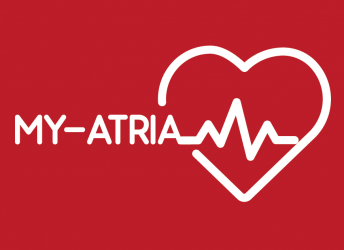Cardiovascular diseases are the leading cause of death accounting for 30% of deaths worldwide, according to the World Health Organization. Among these diseases, the incidence and prevalence of pathologies related to atrial diseases, particularly atrial fibrillation (AF) and interatrial block (IAB), are today reaching pandemic proportions.
In general hospital populations, IAB is discovered in more than 40% of patients with sinus rhythm and 60% of patients older than 59 years. AF is the most common sustained disorder of cardiac rhythm and is estimated to affect 1.5%-2% of the general population with a prevalence that increases with age, and reaches nearly 10% in octogenarians.
This is the time actions are needed to improve diagnosis and treatment of atrial disease. Despite the high incidence of AF, the ability to treat AF is not improving, at least as assessed by age-adjusted mortality rate post-diagnosis. Patients suffering of severe atrial dysfunctions are usually eligible for pharmacological, interventional (atrial ablation) or surgical treatment, and, more recently, for medical care with assisted devices. In fact, novel wearable devices could greatly improve the ability to diagnose AF in ambulatory outpatients. The performance of present algorithms in real-life situations is not completely clear.


